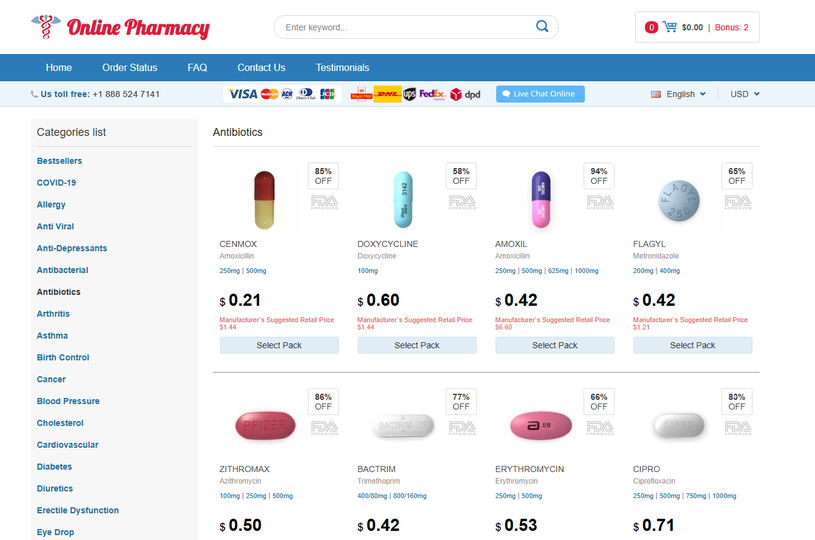
Tamiflu's Role in Preventing Spread of the Flu
Home remedies have been used for centuries to treat various ailments and are often regarded as a natural and cost-effective alternative to traditional medications like Tamiflu. When comparing Tamiflu to other antiviral medications, cost and accessibility are critical factors for consumers. Doctors and patients alike show a spectrum of preferences when it comes to choosing flu medications. Pregnant or breastfeeding women should also discuss the risks and benefits with their doctor before taking Tamiflu. Tamiflu is typically administred within 48 hours after the onset of flu symptoms to receive the maximum benefit. The liquid form of Tamiflu is often Recomend for this age group to facilitate easier ingestion and precise dosing. Health education plays a crucial role, too; being informed about the flu and Tamiflu helps ensure optimal use.
Controversies and Criticisms Surrounding Effectiveness
Despite these discomforts, it's crucial to complete the prescribed course unless directed otherwise. This effect, while seemingly modest, is significant in potentially reducing complications related to the flu, such as hospitalizations among high-risk populations including the elderly, young children, and those with pre-existing health conditions. Tamiflu, also known by its generic name oseltamivir phosphate, works by targeting the influenza virus within the body, inhibiting its replication and spread. While some users may experience a reduction in symptom severity, Tamiflu is not the miracle elixir it's often made out to be. The influenza virus is a highly contagious respiratory illness that affects millions of people worldwide each year. However, the need for a hard copy prescription can sometimes be a minor hurdle. It's generally recommended for treatment in children who are at least 2 weeks old, and for flu prevention in children who are 1 year of age or older.
The Science Behind Tamiflu's Mechanism of Action
Tamiflu, generically known as oseltamivir, is an antiviral medication prescribed for the treatment and prevention of influenza A and B. Overall, being vigilant and cautious can help maximize the safety and effectiveness of Tamiflu for children. However, the benefits of Tamiflu must be weighed against its relatively modest efficacy and the incidence of adverse effects. Easy access to the medication may lead to a rise in self-treatment practices, allowing individuals to address symptoms promptly without the need for a doctor's visit. While Tamiflu can be an important tool during flu season, it's not considered a substitute for the annual flu vaccine. By being able to prescribe Tamiflu to all age groups, healthcare professionals can ensure that everyone in the family can receive timely and appropriate treatment. Tamiflu and flu vaccines differ in their ability to effectively combat various flu strains.
Dosage and Administration: Safeguarding Your Child's Health
It's a reminder that while aiming for recovery, one must navigate this comp with care, ensuring that the remedy doesn't pivot into a new health predicament. Those who have had a severe allergic reaction to other antiviral medications should also avoid Tamiflu.Before starting Tamiflu, it is crucial to inform your healthcare provider about any medical conditions, allergies, or other medications you are currently taking. Research has shown that when administered within 48 hours of flu symptom onset, Tamiflu can reduce the duration of illness by about a day. By targeting the virus directly, Tamiflu minimizes the chances of individuals developing pneumonia, respiratory distress, or other serious complications. In children, this could mean a quicker return to school and normal activities, which is an important consideration for parents managing work and childcare. Understanding Tamiflu is, without a doubt, the cornerstone in successfully combating the flu season and protecting our health. However, if you notice any unusual or concerning symptoms, it is best to contact your child's healthcare provider immediately.
Side Effects and Safety Profile
It is critically important for parents to engage in discussions with pediatric healthcare providers regarding the best course of action when a child is diagnosed with or exposed to influenza. Harnessing the power of this compound, the team managed to synthesize oseltamivir phosphate, the active ingredient in Tamiflu. Preventing the flu can be significantly more effective than treating it once it has taken hold. Manufacturers recommend keeping it at room temperature, away from moisture and light, making it relatively easy to maintain in a variety of settings. This antiviral medication is typically prescribed to treat symptoms of influenza in children who are 2 weeks of age or older, who have had flu symptoms for no more than 48 hours. While the drug has been widely used and prescribed, there have been debates surrounding its effectiveness in treating influenza. This review assesses whether the medication can be used safely without a healthcare provider’s supervision.
Common Misconceptions about Tamiflu Use
Tamiflu, a widely recognized antiviral medication, plays a crucial role in combating flu outbreaks. As the H1N1 pandemic emerged in 2009, health organizations around the globe scrambled for effective treatment options. When administering Tamiflu to children, it's important to be aware of the common side effects that may occur. Commonly reported adverse effects include nausea, vomiting, headache, and some reports of neuropsychiatric symptoms like confusion or abnormal behaviors, particularly in children. In the armory against influenza, a notable champion has emerged, poised to revolutionize how we combat this ubiquitous virus. Parents should consult with their healthcare provider to determine if Tamiflu is appropriate for their child's situation. One key difference lies in their administration and accessibility.
Overview of Tamiflu: Mechanism and Effectiveness
It is most commonly prescribed for influenza when the symptoms have been present for no longer than 48 hours. When administered within 48 hours of the onset of flu symptoms, Tamiflu can help children recover more quickly and get back to their normal activities. However, its effectiveness is heavily dependent on the timing of administration, emphasizing the need for prompt medical consultation upon the appearance of symptoms. While some may believe that Tamiflu is only useful once flu symptoms are already present, it is crucial to embrace it as a proactive approach to prevention. In an emergency scenario, such as a severe flu outbreak or pandemic, the timing of administration is critical for Tamiflu to be most effective. Rarely, more serious side effects have been reported, such as psychiatric symptoms including confusion, hallucinations, agitation, or self-harm. Tamiflu has significantly impacted public health during global pandemics.
Consultation with a Healthcare Professional
Initial trials encountered significant challenges, particularly in determining the drug's efficacy in combating various strains of the influenza virus. Deviating from the prescribed dosage can lead to ineffective treatment or, in some cases, adverse reactions. Another player is Xofluza, known for its one-dose regimen, boasting convenience for those who prefer the quick fix, or 'Stat' approach. Tamiflu is an antiviral medication that has been widely used in treating influenza, particularly during global pandemics. Developed by Gilead Sciences and later marketed by Roche, the antiviral medication faced the stringent scrutiny of health authorities, primarily the US Food and Drug Administration (FDA) and the European Medicines Agency (EMA). By doing so, Tamiflu helps to reduce the duration and severity of flu symptoms.Once taken orally, Tamiflu is quickly absorbed by the body and converted into its active form. During flu outbreaks, swift treatment initiation is paramount not only for individual health but also for public health considerations.
Tamiflu Myths Vs
Another common misconception is that Tamiflu can replace the flu vaccine or that it is unnecessary if one receives the flu shot. If your child experiences nausea or vomiting, offer small, frequent meals and ensure they stay hydrated by drinking plenty of fluids. These remedies can help boost the immune system, relieve congestion, reduce fever, and alleviate symptoms associated with the flu.Another advantage of home remedies is their potential to be cost-effective. Parents should be aware of signs of allergic reactions, including rash, swelling, or difficulty breathing, which require immediate medical attention. Moreover, those with renal impairment may require dosage adjustments to avoid potential side effects, underscoring the need for personalized medical guidance. Criteria include the drug's toxicity profile, potential for misuse, the benefit-to-risk ratio, and whether the condition it treats can be self-diagnosed. Pharmaceutical companies may see a shift in revenue streams as Tamiflu becomes more widely available, potentially increasing sales volume but possibly at lower profit margins due to competitive OTC pricing.
From Influenza to Coronavirus
Within just a few days of starting a course of Tamiflu, patients often experience significant relief from these uncomfortable symptoms. Thus, Tamiflu emerges as a superior choice in the fight against seasonal flu. Furthermore, advancements in genomics and bioinformatics are enabling more rapid and precise identification of promising antiviral compounds. The medication is typically dosed based on the child's weight and age, so it’s essential to consult with a healthcare provider to determine the appropriate amount. With its active ingredient oseltamivir, Tamiflu is an antiviral medication that specifically targets the influenza virus. Tamiflu, a powerful cold and flu fighter, offers a range of benefits that make it an effective treatment option. Tamiflu, a prescription medication, has gained global recognition for its effectiveness in combating influenza viruses.
